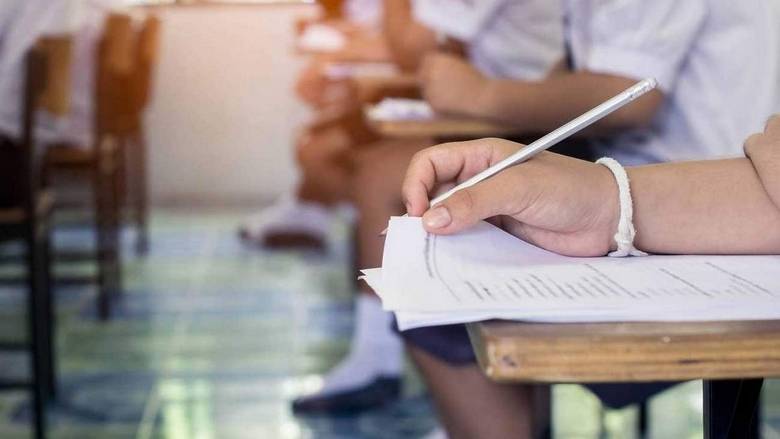The GCE O level examinations will be taken by all students in express stream (except for schools where students are exempted, including IP and IB schools). It serves as an important check point for progress as well. This is probably the reason why students stress over the fact that they need to perform well in their examination in order to set themselves on the “right path”. In fact, there is no right or wrong because there are so many options available for Singapore students to go for; what’s most important is to be aware of the options.

THE PROCESS
Students will receive a final score for their O levels based on the grades that they get. They will automatically receive the minimum possible score that fulfills the L1R5 criteria (1 language and 5 other subjects) and may subtract more points based on CCA performance and for some students based on higher mother tongue grade.
This final score will determine the polytechnics that the students will be eligible to go to. After receiving their Cambridge O level score, students will be able to choose from the different polytechnics and each of them will have their own cut off point to accept students. The aggregate score provided by the school should only be used as a guide as even if students have higher points than required, they may still get into the course based on how popular it is.
THE REQUIREMENTS
Students will have to meet certain requirements to take up a course from O level to Polytechnic. This is called the Minimum Entry Requirements and will be dependent on what course the students are aiming to take. However, this process is made easier for students by providing them with a list of what courses they qualify for when they get their O level results.
The aggregate score calculation for polytechnic will be slightly different depending on the course that the student is applying for. The calculation of the score follows ELR2B2 format which is English, 2 relevant subjects (which depend on the course) and 2 best subjects.
THE CHOICES
Students will be given 12 choices for what courses they want to enrol in. For the first few choices, students should put courses in which they are very interested in but do not meet the cut-off point (if such courses exist; if the student meets the cut off for all the courses that they want to go then they can go straight to the second step). This is so that if the students get a bit lucky, they can get into the course that they really want. Followed by that, their next few choices should be courses in which they still have interest but are able to meet the cut-off point. This is a backup plan in case they get rejected from their main courses that they are interested in.
Finally, their last few choices should be courses in which they may not necessarily be interested in but are ones in which they can definitely enroll in (the cut-off point is a few points higher than what they obtain). By following this guide students will be able to maximize their chances of getting a course that they actually want to get into.


